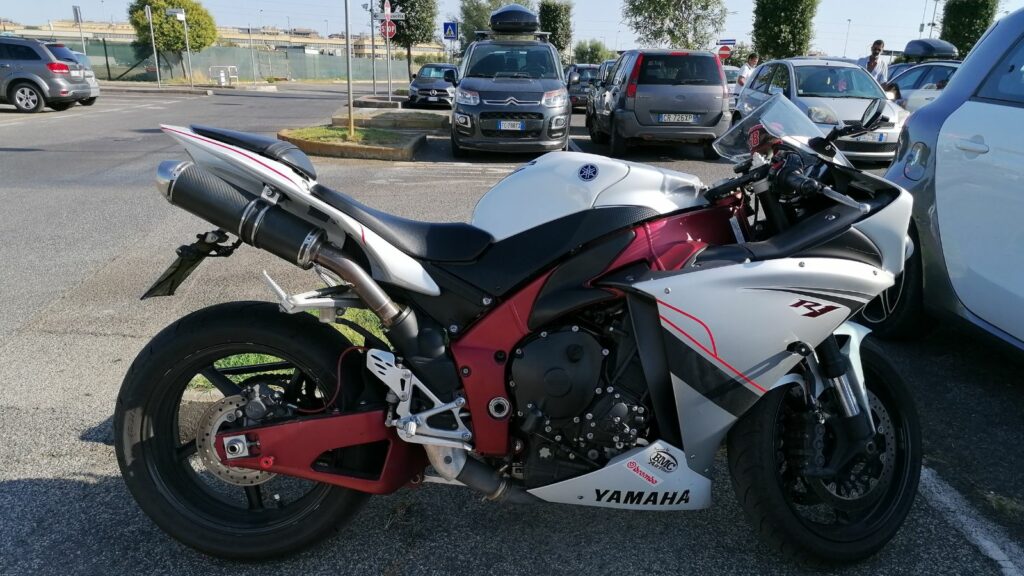When Yamaha pulled the wraps off the YZF-R1 in 1998, it didn’t just introduce another superbike. It delivered a motorcycle that reshaped the entire liter-class market. With a radical design, explosive performance, and a relentless focus on race-inspired handling, the R1 immediately earned legendary status. Over the next 25-plus years, it would evolve with cutting-edge electronics, MotoGP technology, and constant refinements while never losing its core identity: a bike for riders who crave adrenaline. Expanded with more context, stories, and Canadian perspective, here are 17 fascinating facts about the R1’s introduction and its journey to 2025.
1998 – The Original R1 Changes Everything
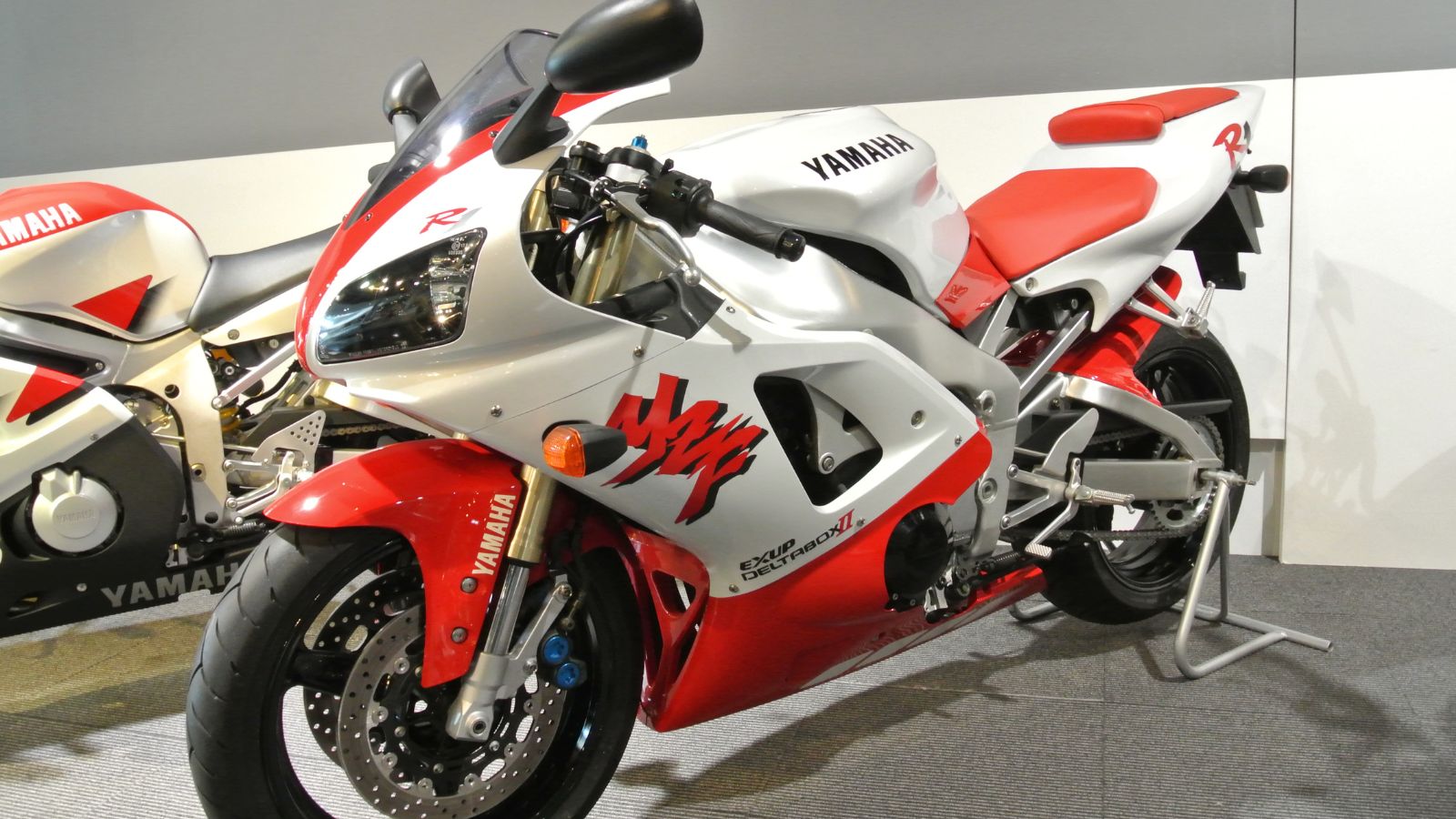
Yamaha’s first R1 was revolutionary. Using a stacked gearbox design, engineers shortened the engine length, which allowed a compact wheelbase and razor-sharp geometry. This created a bike with 150 horsepower that felt smaller and lighter than anything else in its class. Canadian riders who swung a leg over the first R1 often described it as both thrilling and intimidating, a machine that demanded respect but rewarded skill.
2000 Update for Refinement

Two years later, Yamaha refined its new superstar. Weight was shaved, aerodynamics improved, and small tweaks made it slightly more rider-friendly. While still a beast, the updated R1 was a bit easier to manage. Canadian owners noted that the bike was still demanding but more forgiving when pushed hard on real-world roads.
2002 Brings Fuel Injection
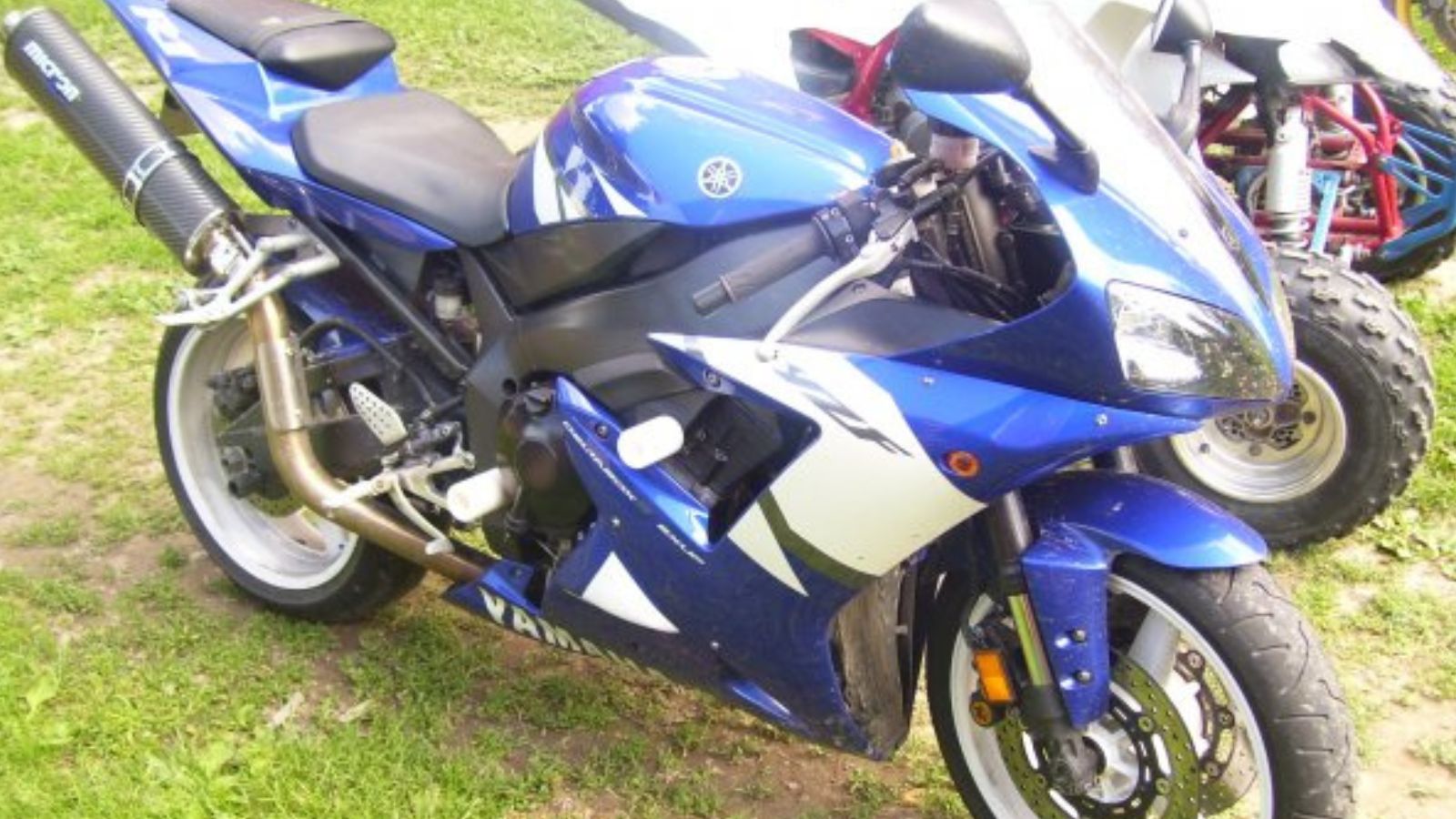
Carburetors gave way to fuel injection in 2002, making throttle response sharper and more consistent across temperatures. This was particularly important in Canadian climates, where extreme cold or humidity often made carbureted bikes temperamental. With injection, the R1 became more reliable and smoother in everyday use, while keeping its wild streak intact.
2004 – The R1 Goes Radical Again
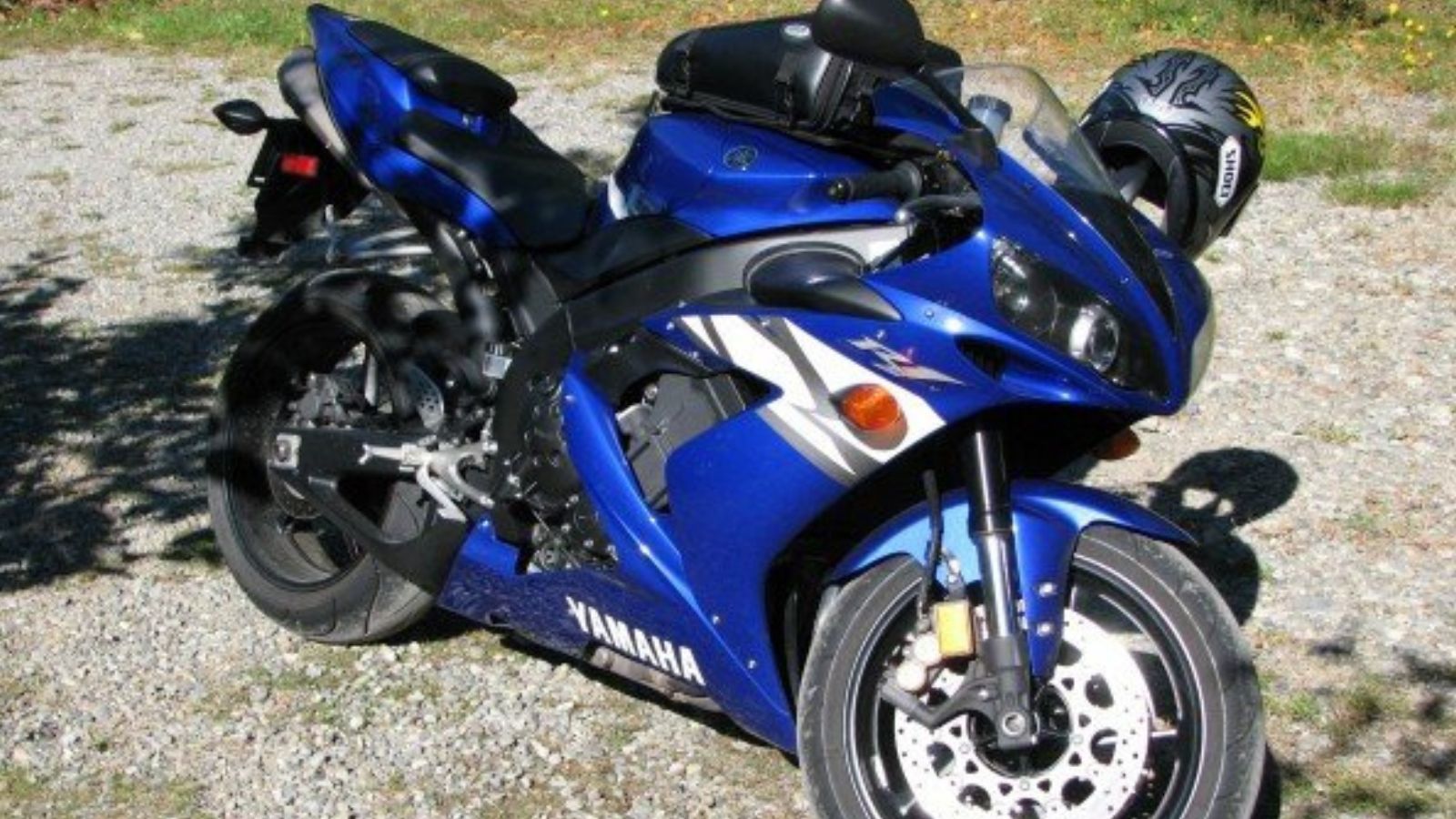
The 2004 overhaul was a statement of intent. Yamaha gave the R1 an underseat exhaust, a new aluminum frame, and bumped power to over 170 horsepower. Radial-mounted brakes appeared for the first time, bringing MotoGP-inspired stopping power. Canadian riders were dazzled by the looks alone — with its twin pipes under the seat, it became an instant poster bike.
Aerodynamics Take Center Stage
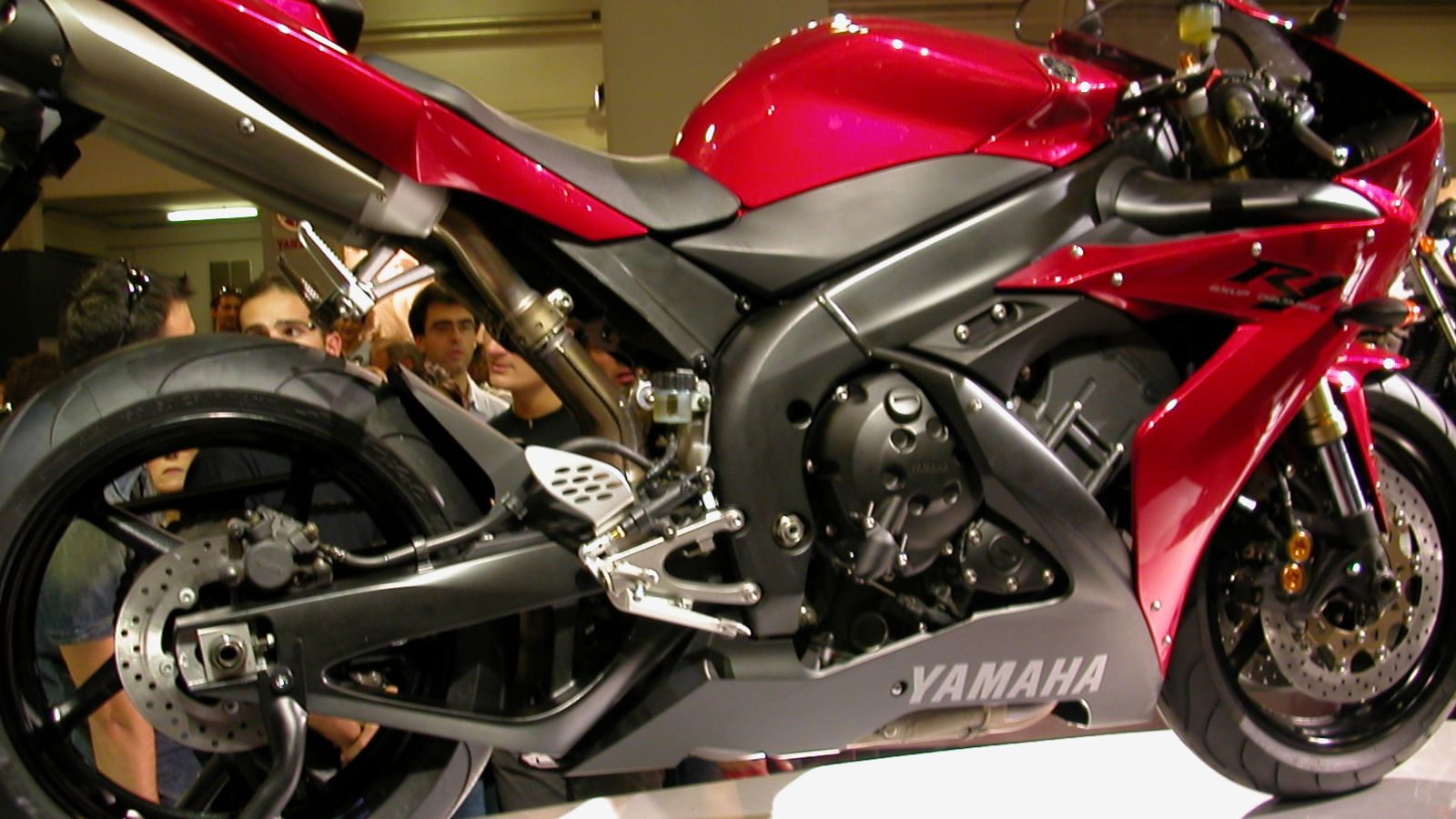
The sleeker bodywork of the 2004 R1 wasn’t just for show. Its sharper profile improved stability at the extreme top speeds these machines could now achieve. For riders hitting long straights in rural provinces, the improved wind protection and stability were tangible benefits, making it feel more planted at outrageous velocities.
2007 – The Arrival of Variable Intake

Yamaha’s engineers introduced YCC-I (Yamaha Chip Controlled Intake) and YCC-T ride-by-wire throttle in 2007. These systems optimized air intake length and throttle response depending on revs and conditions. The R1 was no longer just a brute; it was becoming smarter. For Canadian riders who often face varying altitudes and weather, this adaptability was a real-world advantage.
2009 – The Crossplane Revolution
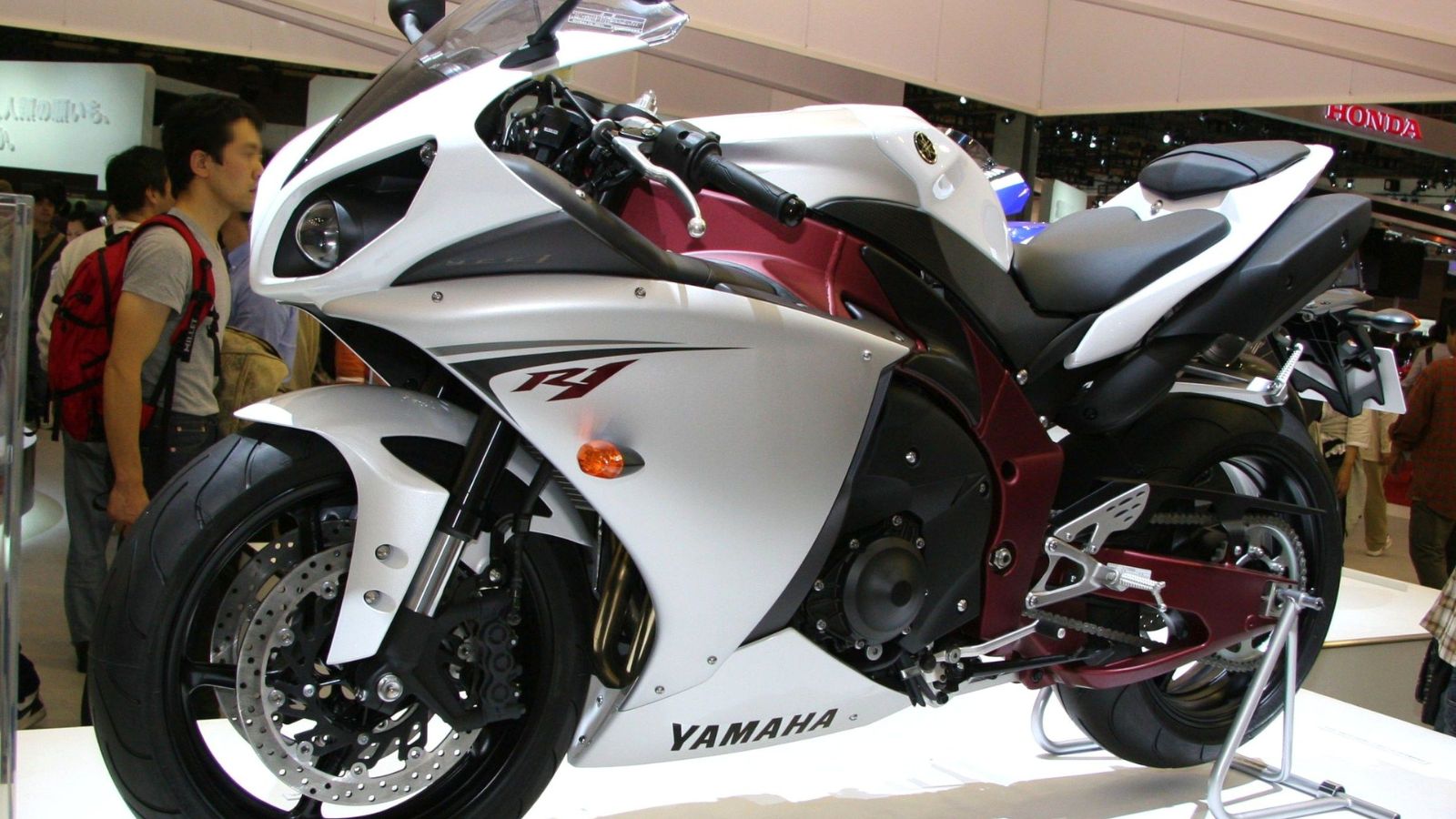
Borrowing directly from MotoGP technology, the 2009 R1 debuted a crossplane crankshaft engine. This transformed the character of the bike, giving it a broad spread of torque and a sound like no other inline-four. The growling exhaust note became instantly recognizable, and riders raved about how controllable the new power delivery felt compared to peaky rivals.
The Sound of a MotoGP Bike
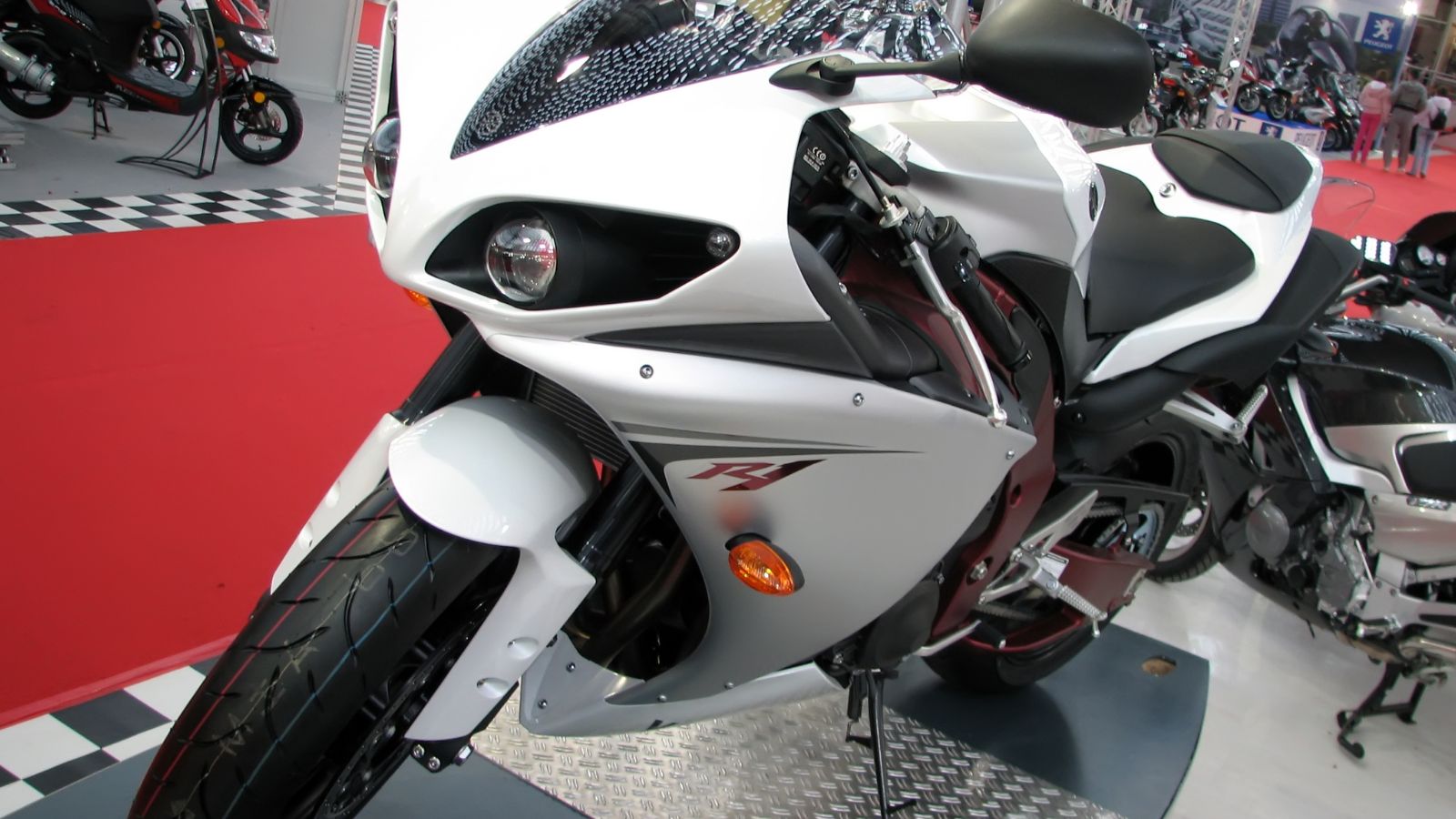
The crossplane engine didn’t just improve traction and rideability — it gave the R1 one of the most distinctive voices in motorcycling. That deep, uneven rumble set it apart, and in Canada, riders could often be identified by sound alone as they thundered down highways or past bike nights.
2015 – A Quantum Leap Forward
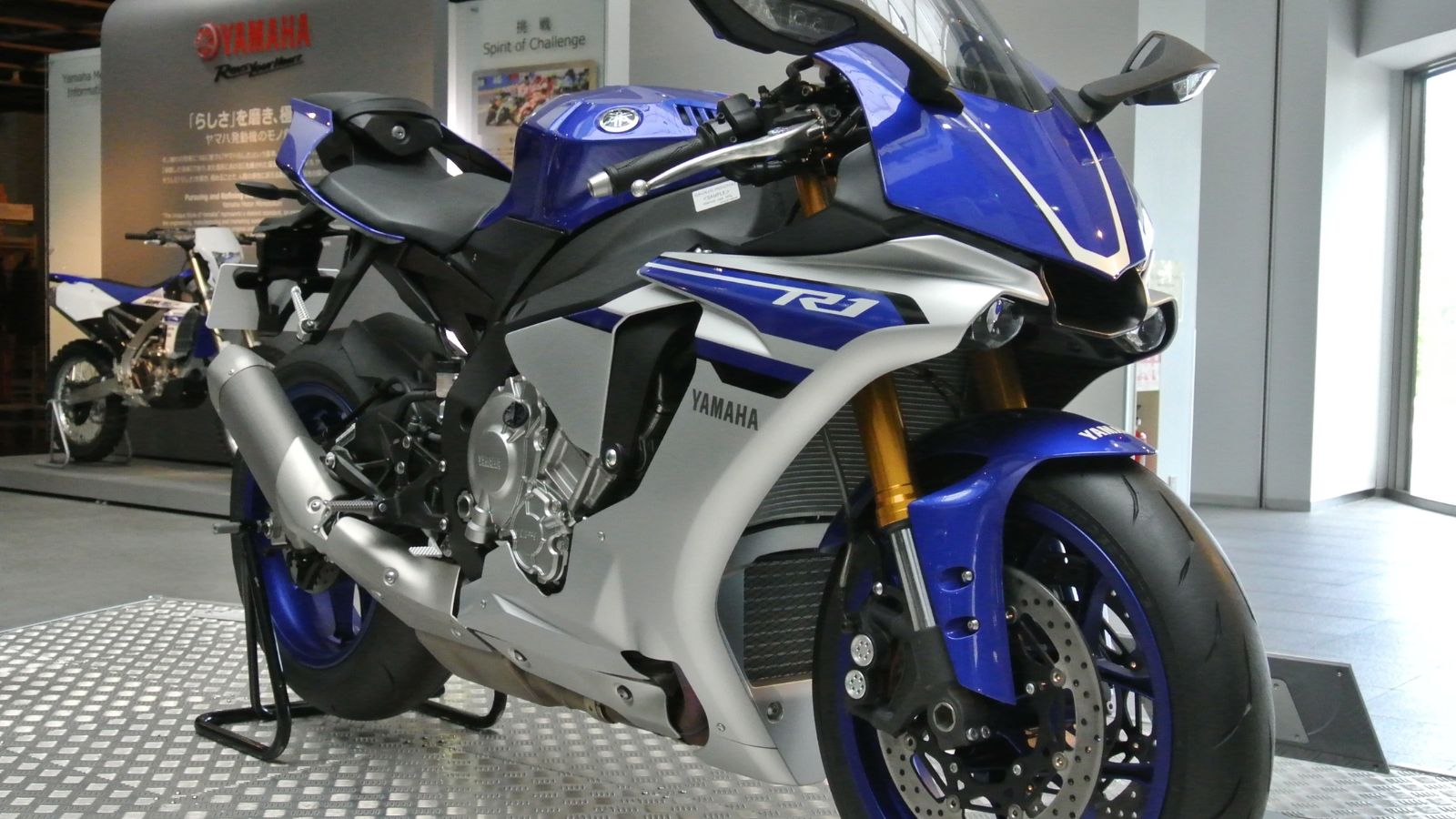
The 2015 redesign was one of the most dramatic in the R1’s history. Yamaha poured MotoGP technology into the new generation, including a six-axis IMU, slide control, lift control, and a quick shifter. With over 200 horsepower, it was essentially a racebike with mirrors and lights. Canadian riders who took one to the track quickly realized it was closer to a WSBK machine than a road-going sportbike.
Race-Ready Styling

Alongside the technology leap, the 2015 R1 received styling that made it look like a MotoGP prototype. Slim headlights, aggressive lines, and aerodynamic bodywork signaled its new mission: to be the sharpest tool on the track. It stood out even in crowded Canadian superbike meets, looking every bit the racer it was designed to be.
R1M Joins the Lineup
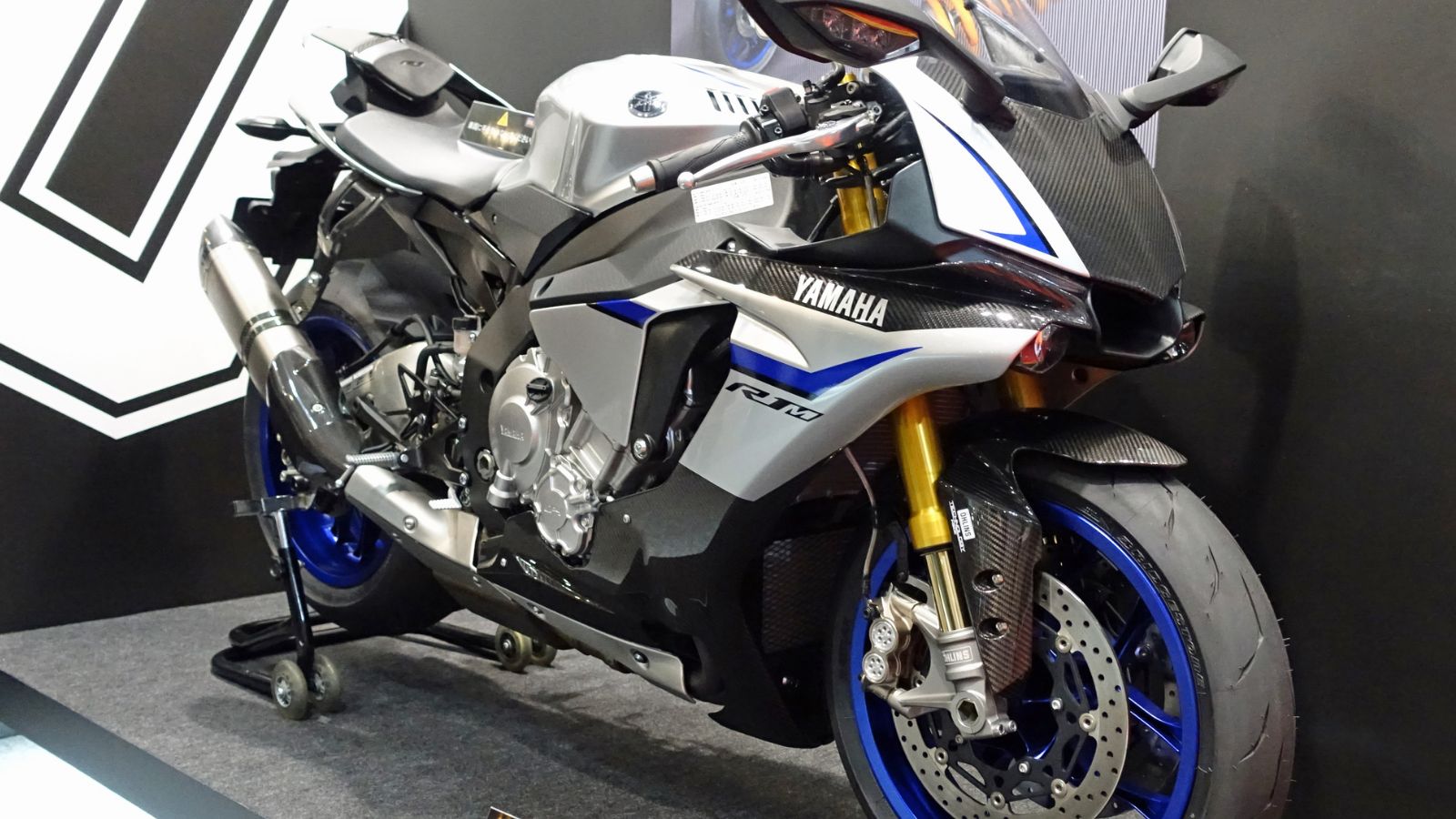
For the first time, Yamaha offered an even more advanced version, the R1M. With Öhlins electronic suspension, carbon bodywork, and advanced data logging, it was built for riders who spent more time on the track than the street. Canadian track-day enthusiasts with the means rushed to secure these limited models, appreciating the exclusivity as much as the performance.
2020 – Euro 5 Challenges and Updates

Emissions regulations tightened again, but Yamaha managed to refine the R1 to meet Euro 5 standards while keeping its 200-horsepower punch intact. Small adjustments to the head, intake, and electronics ensured compliance without neutering the performance. Riders praised Yamaha for preserving the R1’s character in an era of regulatory clampdowns.
Advanced Electronics Package
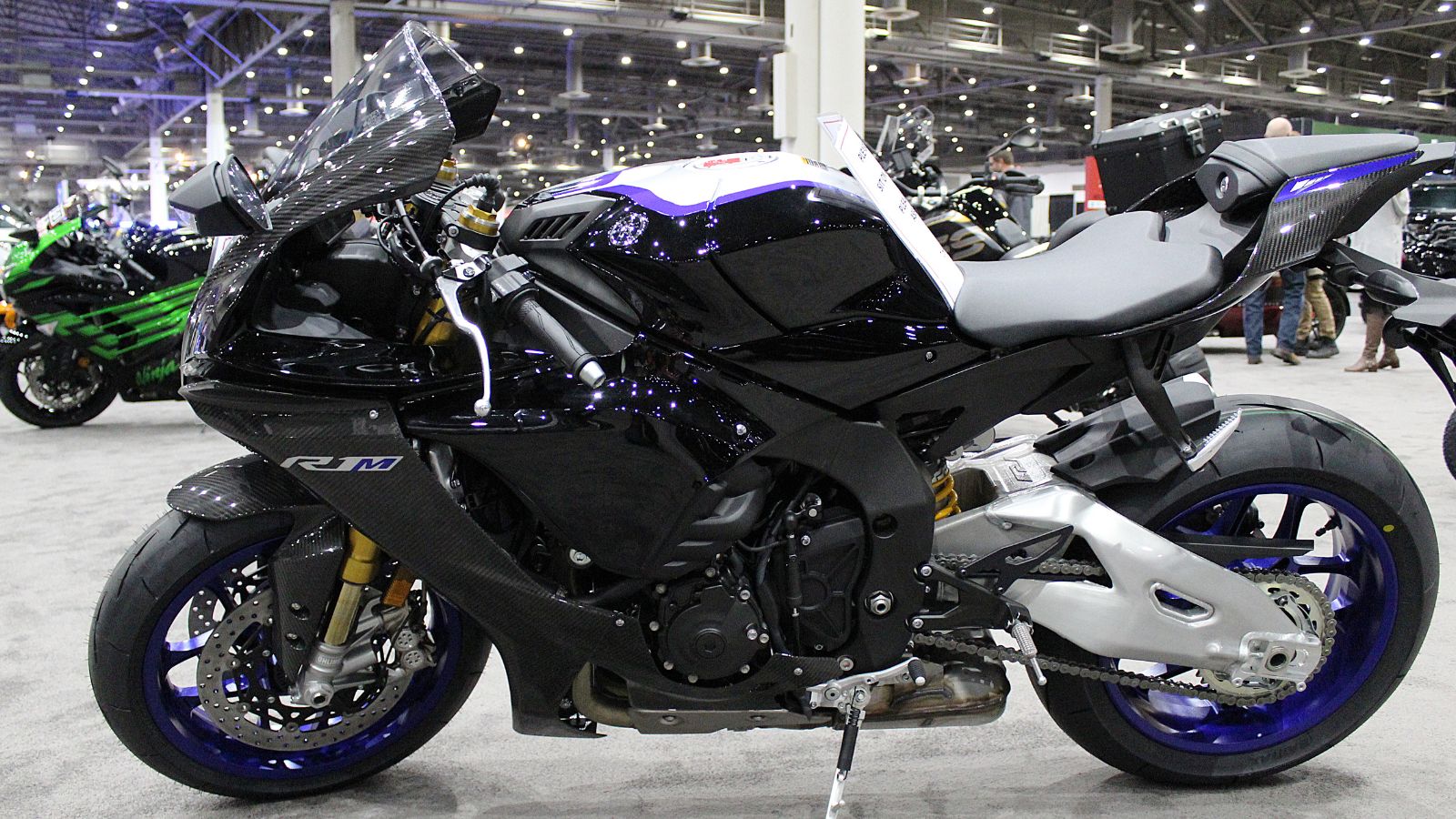
By the 2020s, the R1 was packed with electronics once unthinkable on road bikes. Cornering ABS, launch control, lift control, wheelie management, and customizable riding modes gave Canadian riders a safety net to explore the R1’s extreme potential while still leaving room for raw thrills.
2022 – The R1 Stays Sharp

Even as the superbike market slowed, Yamaha kept the R1 at the front of the pack. Subtle upgrades to electronics and rider aids kept it competitive, while the R1M continued to serve as a technological showcase. Riders in Canada still saw it as one of the best track tools money could buy, even as rivals like Ducati and BMW pushed the horsepower envelope further.
2024 – Updates Keep It Fresh
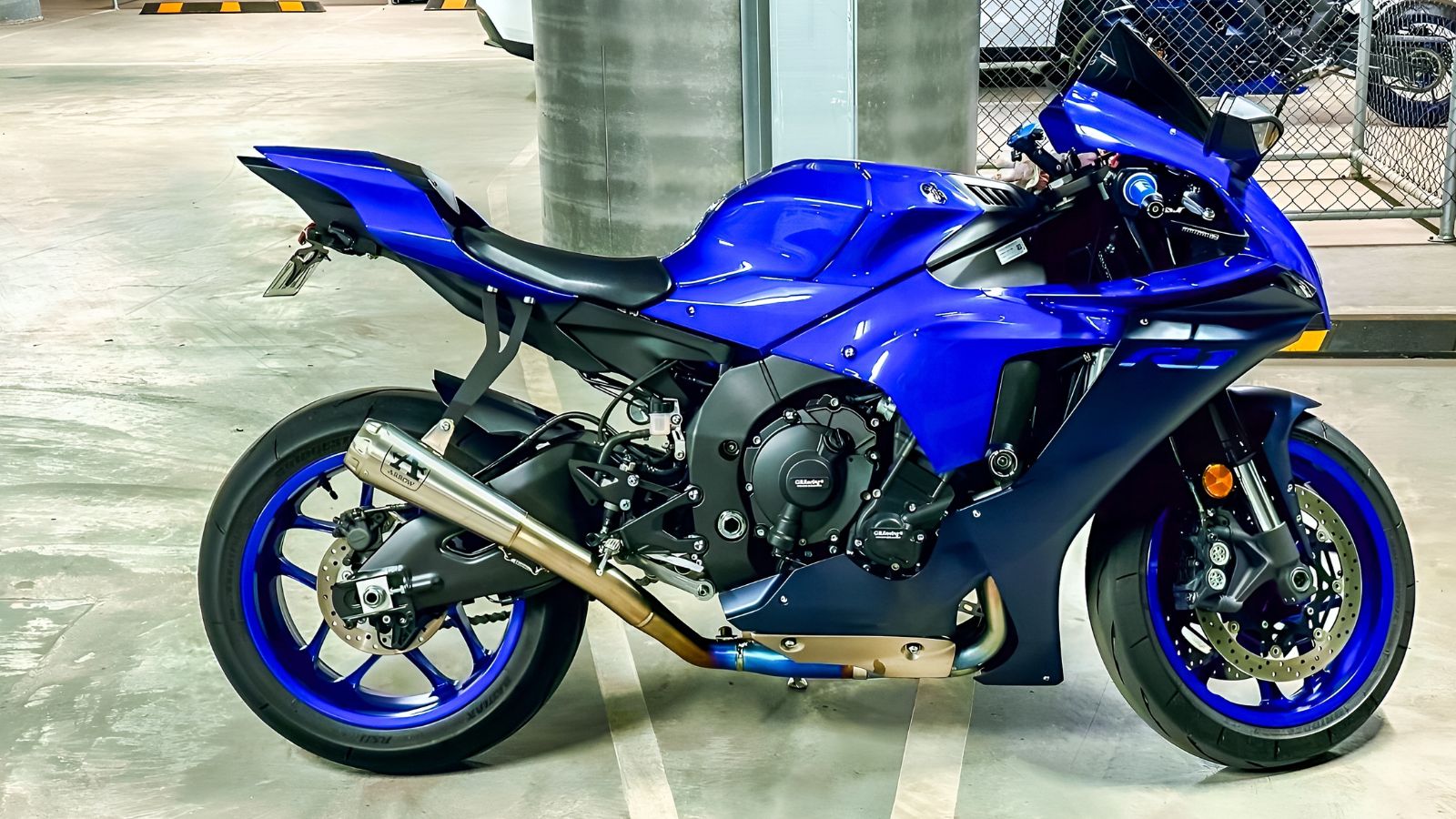
Yamaha refreshed the R1 again for 2024, refining electronics, tweaking aerodynamics, and sharpening the ride. Though not as revolutionary as earlier overhauls, these changes ensured the R1 stayed relevant in a segment where technology moves fast. For enthusiasts, the bike continued to strike the balance between heritage and cutting-edge performance.
2025 – Looking Toward the Future

By 2025, whispers of Yamaha exploring hybrid or partial-electrification for the R1 were growing louder. While details remain unclear, it’s inevitable that emissions laws will force another big evolution. What remains certain is that the R1 will continue to embody the thrill, precision, and prestige it has delivered since 1998, whether powered by gasoline alone or a new blend of technologies.
Why the R1 Still Matters
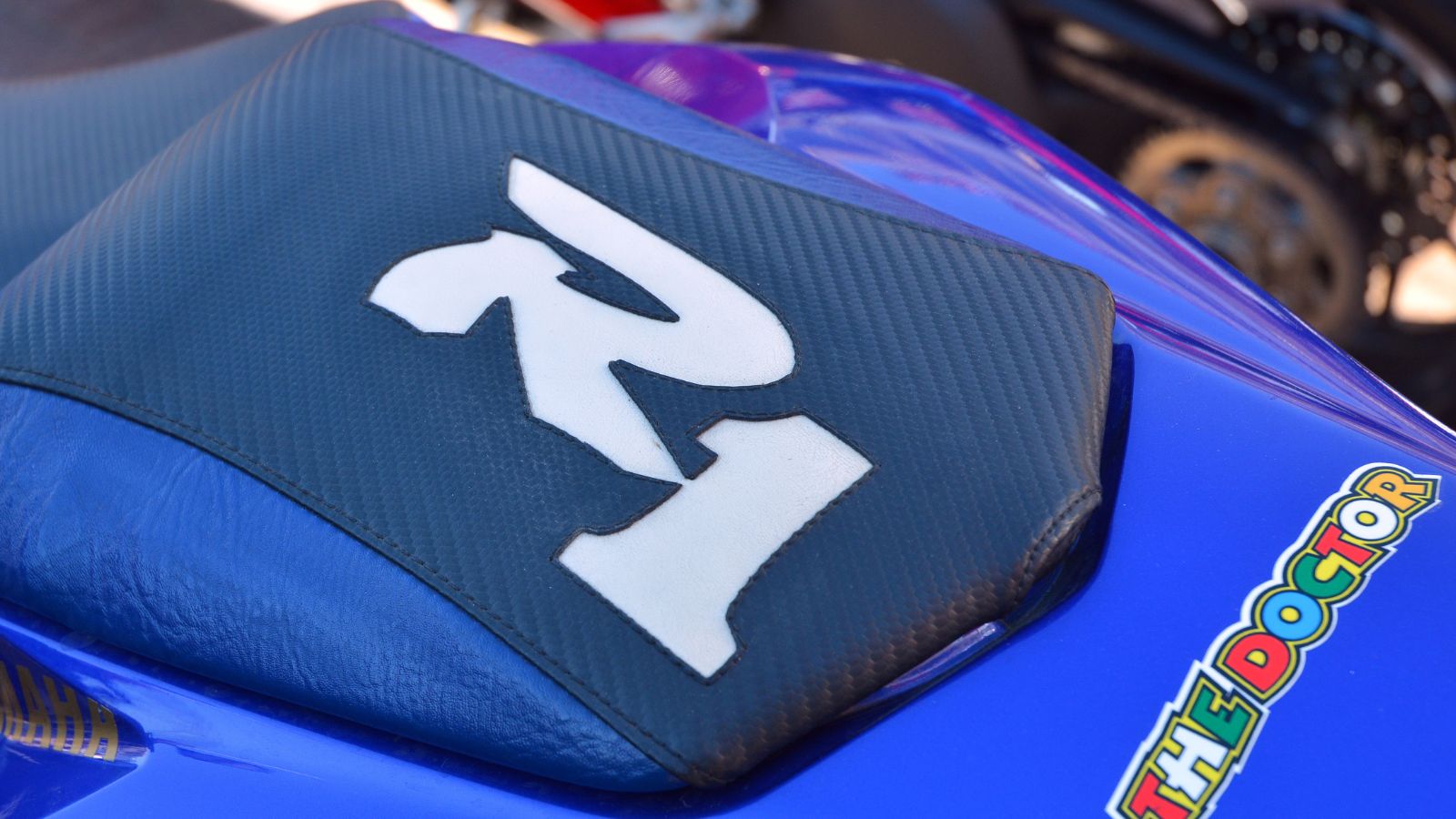
The Yamaha R1 has never been just another superbike. From the moment it launched in 1998, it set standards others scrambled to follow. It brought innovations like the stacked gearbox, crossplane crank, and MotoGP-inspired electronics to everyday riders. For Canadians, it became both a dream machine for weekend rides and a weapon for serious track days. Even as the industry shifts toward electrification and stricter regulations, the R1 remains a symbol of what sportbikes are all about: speed, control, and pure exhilaration.
25 Facts About Car Loans That Most Drivers Don’t Realize

Car loans are one of the most common ways people fund car purchases. Like any other kind of loan, car loans can have certain features that can be regarded as an advantage or a disadvantage to the borrower. Understanding all essential facts about car loans and how they work to ensure that you get the best deal for your financial situation is essential. Here are 25 shocking facts about car loans that most drivers don’t realize:
25 Facts About Car Loans That Most Drivers Don’t Realize
